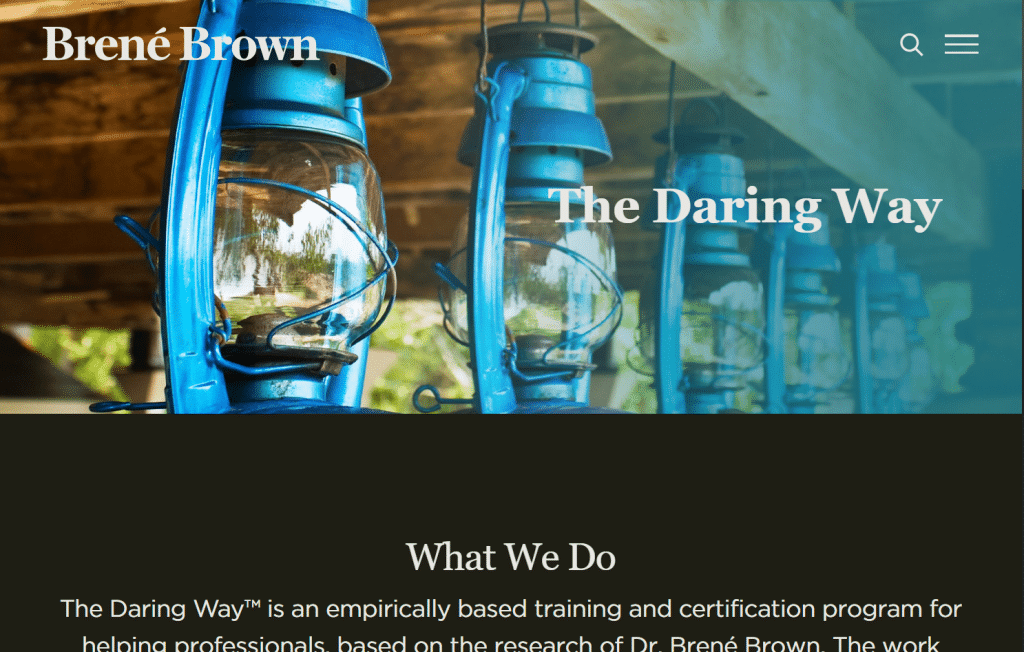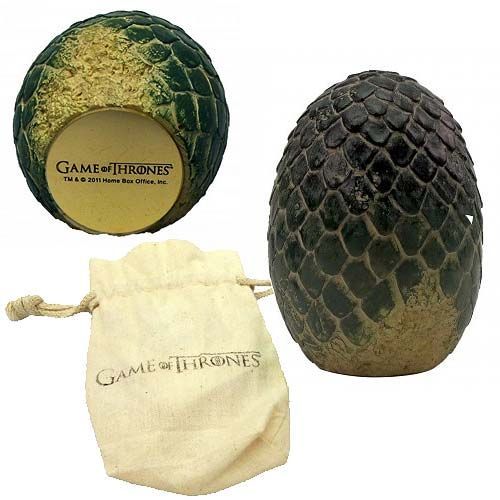As an author, you've likely considered selling merchandise to supplement your book income. T-shirts, mugs, and hats emblazoned with your book cover or a catchy quote might seem like the obvious choice. While these items can indeed be valuable, they're just the tip of the iceberg when it comes to creating a distinctive author brand and diversifying your revenue streams.
Let's explore how you can think beyond the basics while still leveraging their benefits.
The allure of print-on-demand (POD) services for creating branded apparel and accessories is undeniable. They offer a low-risk way to test the waters of merchandise sales. With minimal upfront costs, you can gauge your audience's interest in various designs or products. This approach allows you to experiment with limited-edition offers, creating a sense of exclusivity that can drive engagement and sales.
It's worth noting that some authors feel POD garments don't align with their book's tone or worry about creating compelling designs. These are valid concerns, but they needn't be roadblocks. AI-powered design tools can help generate ideas tailored to your book's themes and style, potentially uncovering options you hadn't considered. These tools can also assist in identifying merchandise types beyond apparel that might resonate with your specific audience.

Take, for example, the success of the "Hunger Games" franchise. Beyond the expected t-shirts, the series spawned a range of products including replica Mockingjay pins, district-themed jewelry, and even themed cookbooks. This diverse range of merchandise allowed fans to engage with the world of Panem in various ways, catering to different tastes and preferences.
However, while these products can be a great starting point, they shouldn't be the end goal. Your unique voice as an author deserves merchandise that's equally distinctive. Consider products that deeply connect with your book's themes, characters, or world.
For non-fiction authors, this might mean developing workbooks, planners, or online courses that expand on your book's concepts. Brené Brown, known for her work on vulnerability and courage, offers workshops and e-courses that complement her books, providing additional value to her readers while creating new revenue streams.

Fiction authors can get creative with items that bring their worlds to life. George R.R. Martin's "A Song of Ice and Fire" series spawned not just the expected t-shirts and mugs, but also unique items like house sigil USB drives, dragon egg paperweights, and even "Iron Throne" toilet decals. These products offer fans a way to bring a piece of Westeros into their daily lives.

The key is to create merchandise that feels like a natural extension of your work. What objects, experiences, or services would your characters use or your readers find genuinely useful? How can you offer something that goes beyond mere decoration to enhance your readers' experience of your book or its themes? AI can be a valuable tool in this brainstorming process, helping you identify unique product ideas that align with your book's essence.
Perhaps you're a mystery writer whose detective has a penchant for rare teas. You could partner with a tea company to create a custom blend. Or maybe your young adult fantasy novel features a unique magical system. Why not develop a card game based on those principles?
Remember, your merchandise isn't just about generating additional income. It's an opportunity to deepen your connection with readers and extend your story beyond the page. Each item becomes a touchpoint, reinforcing your brand and keeping your work in your audience's minds long after they've finished reading.
As you brainstorm ideas, don't be afraid to start small. Use those POD t-shirts and mugs as a testing ground. Pay attention to which designs or concepts resonate most with your audience. These insights can guide your decisions as you develop more unique, specialized products. AI analytics tools can help you interpret this data, identifying trends and preferences you might otherwise miss.
Ultimately, the goal is to create a ecosystem around your books that offers value to your readers while diversifying your income. By thinking creatively about merchandise and services that align with your author brand, you can craft a unique offering that sets you apart in a crowded marketplace.
Your words have the power to create worlds. Let your merchandise be an invitation for readers to step into those worlds, again and again.
